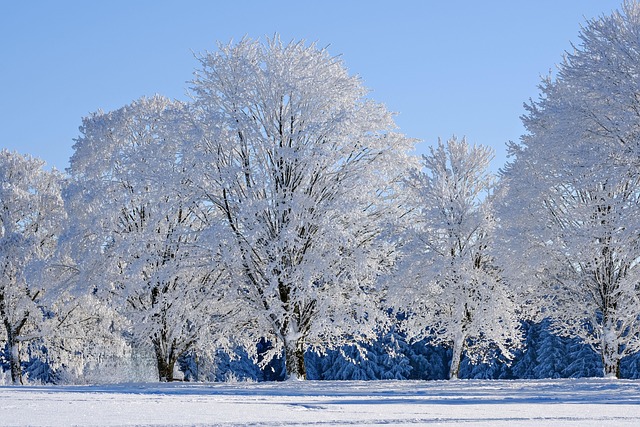Winter Range Utilization: Maximizing Grazing Potential
As the days grow shorter, and the chill of winter settles in, many ranchers and land managers start to shift their focus to winter range usage. This transitional season offers both challenges and incredible opportunities for optimizing grazing potential. If you’re in the business of managing livestock, understanding the winter range can lead to successful outcomes for both your animals and your land.
The winter months can often be harsh, yet they also present a unique chance to reassess grazing strategies. Proper utilization of winter range not only supports livestock health but fosters the sustainability of the entire ecosystem. Engaging in effective management practices during this time can yield substantial benefits for the following grazing seasons.
Understanding Winter Range Ecosystems
The winter range consists of areas where forage remains available despite adverse weather conditions. While the grasslands may appear barren under a blanket of snow, many plants lie dormant yet ready to spring back when conditions improve. In these environments, forage quality often diminishes; however, strategic planning can maximize grazing potential.
Incorporating knowledge of local vegetation types, soil conditions, and animal needs provides ranchers with the tools necessary to enhance winter range usage. Seasonal forages typically include drought-resistant grasses and various browse species, each playing a key role in maintaining the health of both livestock and the land.
Best Practices for Grazing in Winter
One of the most effective strategies for maximizing winter range usage is rotational grazing. This technique allows ranchers to rotate their livestock between different pastures, giving certain areas time to recover while others are actively grazed. Implementing a well-structured grazing plan ensures that animals have continuous access to high-quality forage.
Additionally, providing supplemental feeding during the harshest months can help bridge the nutritional gap. By reducing grazing pressure on sensitive areas, ranchers can preserve the land’s long-term productivity. Monitoring the condition of pastures and adjusting livestock numbers accordingly is vital for sustainable management.
The Role of Weather and Planning
Weather can play an unpredictable role during winter—freezing temperatures, heavy snowfall, and sudden thaws can significantly impact the availability and quality of forage. Keeping abreast of weather forecasts and adjusting management practices in response to environmental changes can make all the difference in effective winter range usage.
Utilizing tools such as grazing charts and weather data not only aids in planning but also empowers ranchers to make informed decisions. A proactive approach allows for timely interventions, whether through supplementary feeding or adjusting grazing schedules, ensuring that livestock remain healthy and vegetation continues to thrive.
Community and Knowledge Sharing
The winter months are also an excellent opportunity for ranchers to engage with their local communities. Sharing experiences, challenges, and solutions can foster a support network that serves everyone involved. Workshops, seminars, and online forums are useful platforms for exchanging information on best practices and innovations in winter range utilization.
As ranchers come together, they can collectively develop strategies that uphold not just their individual operations, but also the health and sustainability of the wider ecosystem. Collaborating and learning from one another can elevate the discourse surrounding winter grazing practices, ultimately benefiting the entire agricultural community.




